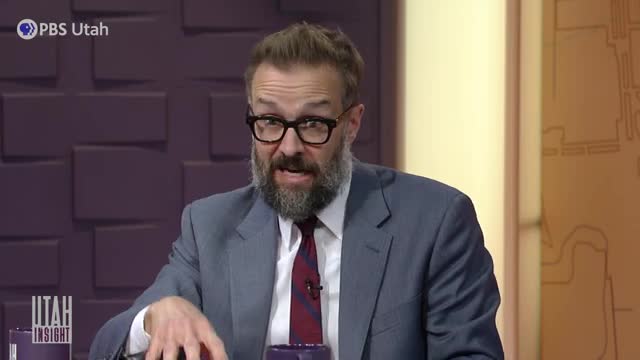Free speech debate ignites over campus protests and harassment

This article was created by AI summarizing key points discussed. AI makes mistakes, so for full details and context, please refer to the video of the full meeting. Please report any errors so we can fix them. Report an error »

In a recent government meeting, officials engaged in a robust discussion about the complexities of free speech, particularly in educational settings. The dialogue highlighted the tension between protecting individuals from emotionally harmful ideas and upholding the First Amendment rights that safeguard even the most controversial expressions.
One participant emphasized that while free speech is designed to protect the expression of ideas that may be widely deemed offensive, it is crucial to distinguish between protected speech and harassment. Harassment, defined as speech that is persistent, pervasive, and objectively offensive to the point of disrupting a person's ability to participate in school, warrants intervention from educational institutions. However, mere offensiveness does not meet this threshold, and schools are limited in their ability to restrict speech that does not cross into harassment.
The conversation also touched on the role of police presence during protests, with a consensus that while violence must be avoided, the essence of protest should be the peaceful expression of ideas rather than unlawful actions, such as property damage or hostage-taking. Participants expressed a desire to model constructive protest behavior for students.
A particularly poignant moment arose when discussing a recent incident involving a threatening comment made to a group of female basketball players. One official criticized the lack of legal repercussions for the individual, arguing that threats accompanied by a show of force should be treated as criminal conduct, regardless of the perpetrator's age or the context.
The meeting concluded with a call to action, urging Utahns to continue advocating for First Amendment rights across all levels of education, from K-12 schools to universities. Participants underscored the importance of fostering an environment where free speech is celebrated and protected, reinforcing the need for ongoing dialogue and education on these critical issues.
One participant emphasized that while free speech is designed to protect the expression of ideas that may be widely deemed offensive, it is crucial to distinguish between protected speech and harassment. Harassment, defined as speech that is persistent, pervasive, and objectively offensive to the point of disrupting a person's ability to participate in school, warrants intervention from educational institutions. However, mere offensiveness does not meet this threshold, and schools are limited in their ability to restrict speech that does not cross into harassment.
The conversation also touched on the role of police presence during protests, with a consensus that while violence must be avoided, the essence of protest should be the peaceful expression of ideas rather than unlawful actions, such as property damage or hostage-taking. Participants expressed a desire to model constructive protest behavior for students.
A particularly poignant moment arose when discussing a recent incident involving a threatening comment made to a group of female basketball players. One official criticized the lack of legal repercussions for the individual, arguing that threats accompanied by a show of force should be treated as criminal conduct, regardless of the perpetrator's age or the context.
The meeting concluded with a call to action, urging Utahns to continue advocating for First Amendment rights across all levels of education, from K-12 schools to universities. Participants underscored the importance of fostering an environment where free speech is celebrated and protected, reinforcing the need for ongoing dialogue and education on these critical issues.
View full meeting
This article is based on a recent meeting—watch the full video and explore the complete transcript for deeper insights into the discussion.
View full meeting